Know your Ribs
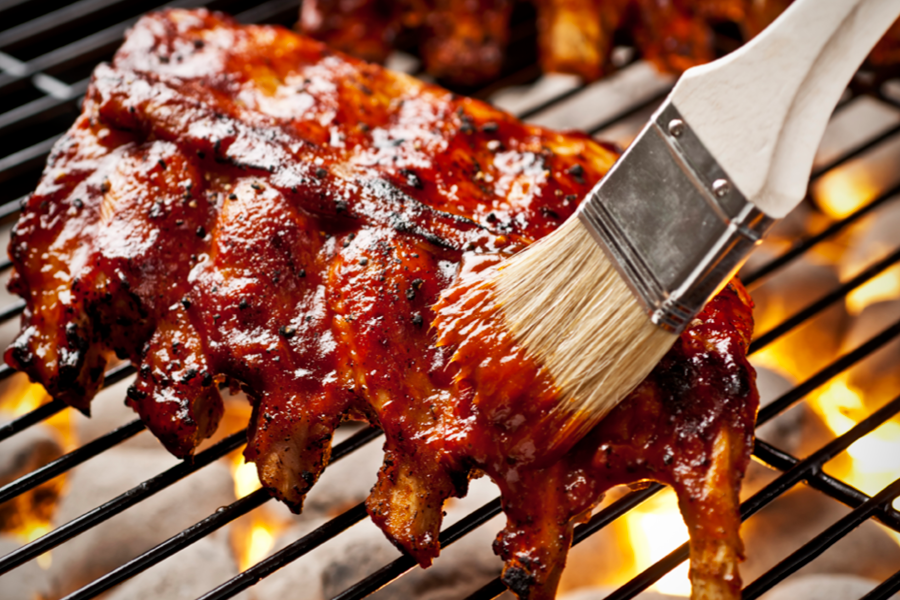
Rave-worthy Ribs!
With the many cuts and styles of ribs available, it can seem daunting to choose and prepare them. But the truth is, they’re not as difficult to make as you might think! You don’t need to be a rib connoisseur to cook this drool-worthy summer classic. Use our guide to learn more about the different cuts of ribs and discover which varieties suit your taste.
Selection & Preparation
When selecting ribs, look for slabs that have good meat coverage and the least amount of visible fat. With a small knife, remove the thin membrane from the bone side of the slab before marinating or cooking. This membrane becomes tough and chewy when cooked and also prevents the ribs from absorbing flavors from rubs and marinades, as well as smoky flavors from the grill. USDA guidelines recommend an internal temperature of 160° for ribs; however, low and slow cooking is the secret to unforgettable barbequed ribs. Cook your ribs to a temperature of 190° for a batch that will be melt-in-your-mouth tender and juicy.
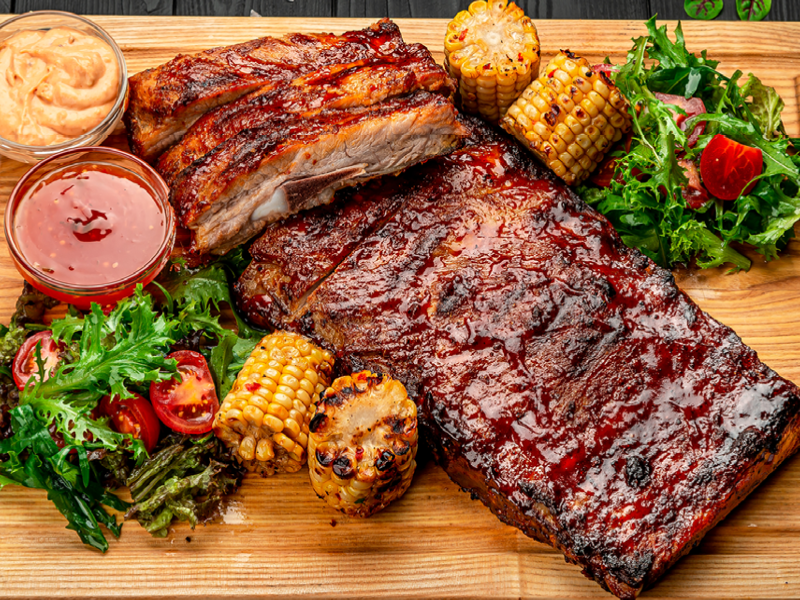
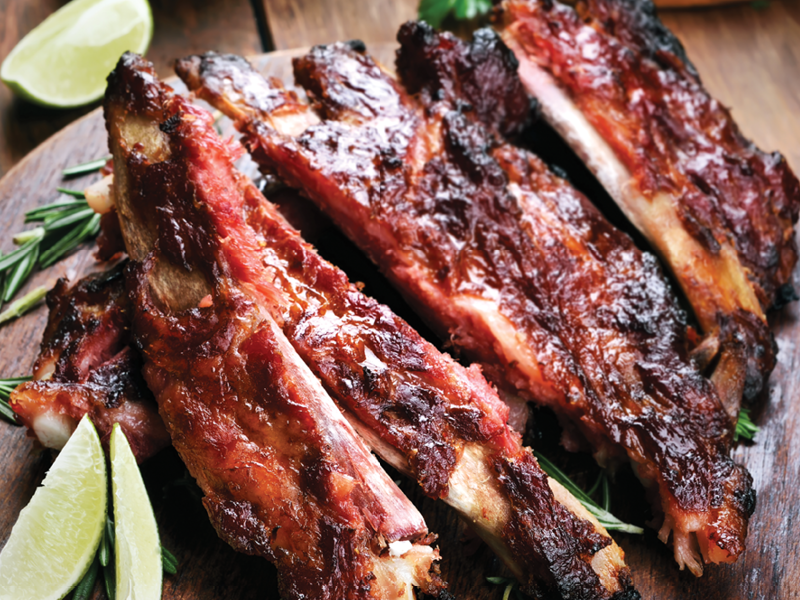
Pork Spareribs
Pork spareribs are heartier than baby back ribs, as they’re filled with more flavorful meat on top and between the bones. These ribs come from the belly side of the rib cage and are shaped straight and flat. Typically weighing about three pounds, pork spareribs should feed three to four people. Due to their larger size, spareribs are best when cooked over indirect heat at a low temperature.
Rib Tips
A short section of meat, rib tips come off of the lower end of spareribs. These meaty chunks are made up of dense cartilage, creating a chewier piece of meat. Their small size allows them to cook faster than whole ribs and lends them perfectly to quick-cooking recipes such as stir-fries and soups or ground for sausage.
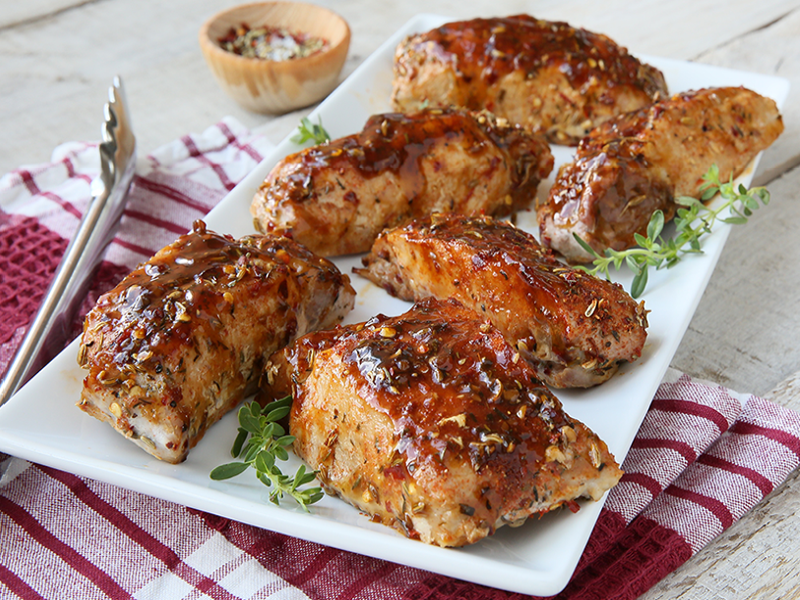
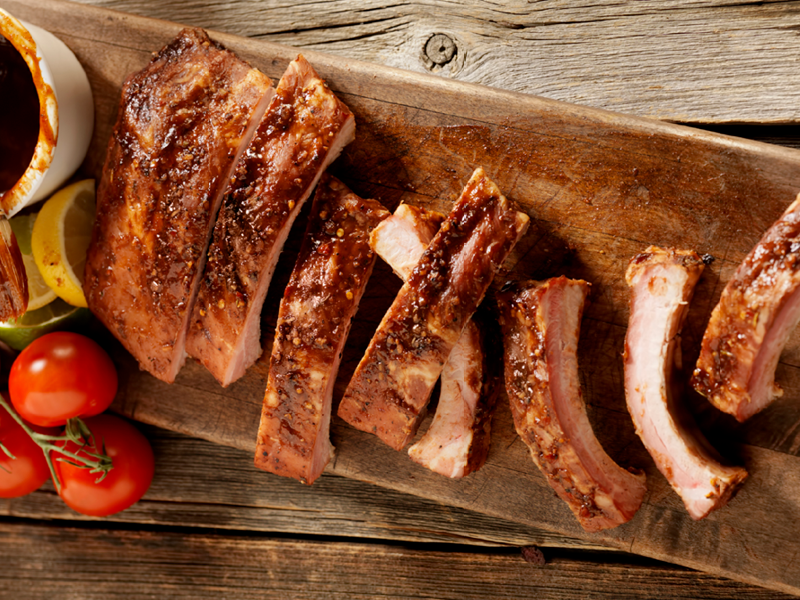
Baby Back Ribs
These ribs don’t come from baby animals; the name “baby” actually refers to the size of the bone, not the age of their source. Baby back ribs are cut from the top of the rib cage near the backbone. Since they are smaller in size, they cook more quickly than meatier ribs like spareribs. These babies can be cooked over direct heat or at a low temperature. Full slabs of baby back ribs typically feed one to two people and weigh about two pounds or less.


